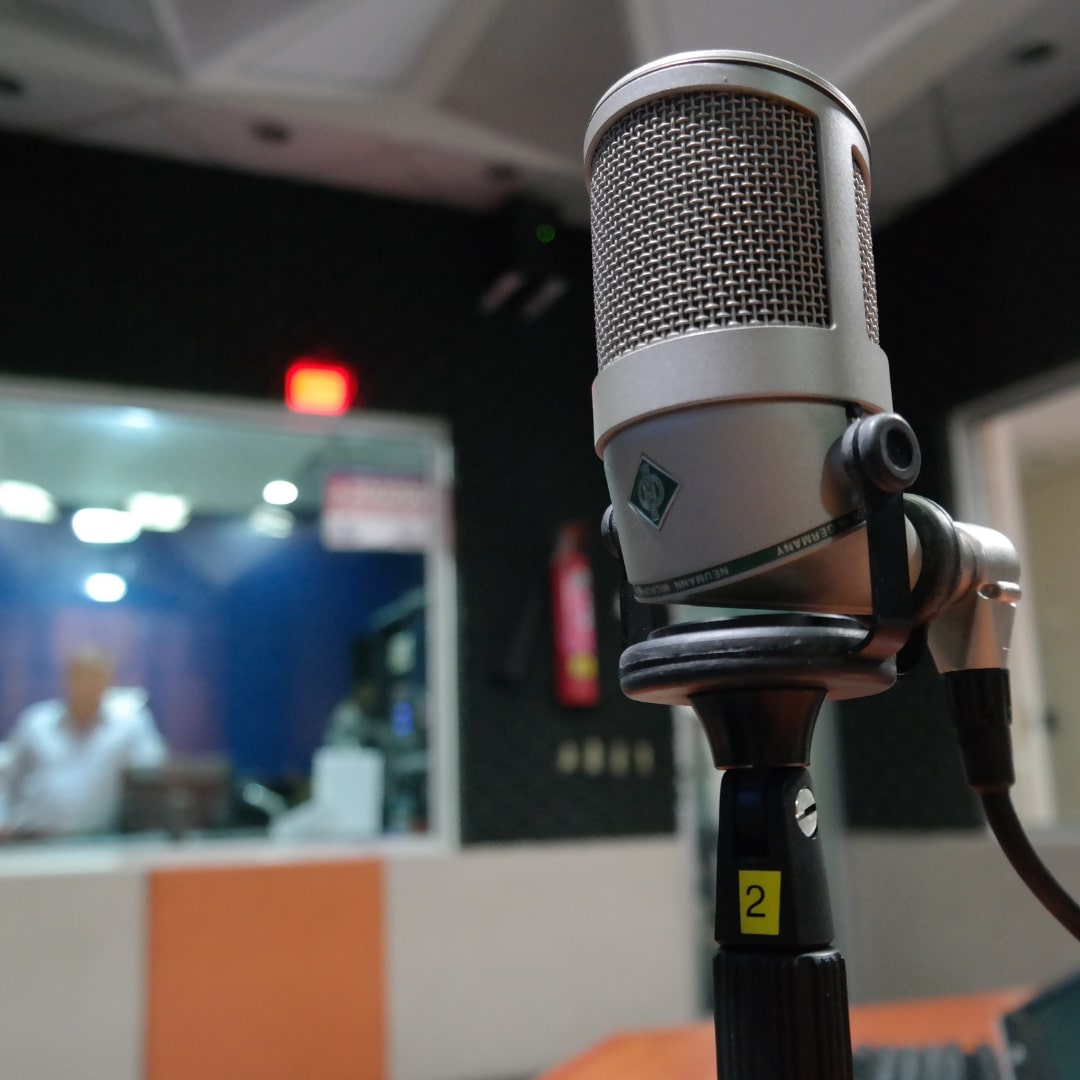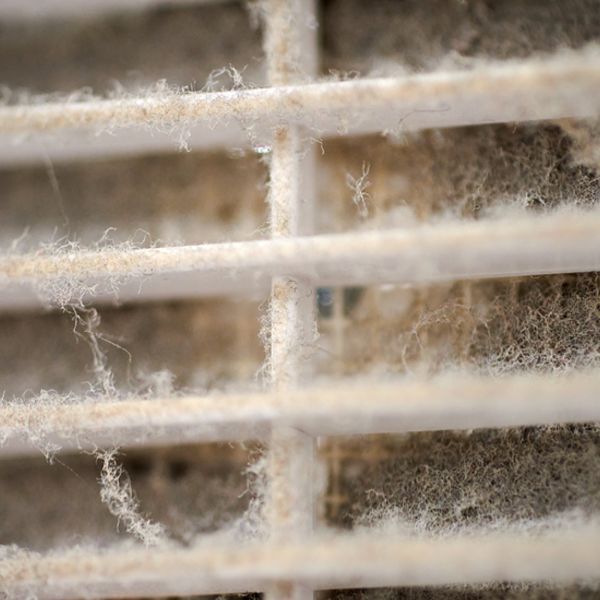In a revealing WOMR “Talking Back” interview with Dr. Paula Sperry, TomKnight of Nauset Environmental Services shared how his mold/moisture inspections uncovered contamination levels 80 times above acceptable limits in a pristine Brewster home—despite no visible mold or musty odors. This eye-opening discussion highlights why Cape Cod homeowners need advanced testing methods to protect their health and property.
Cape Cod’s Unique Mold Challenges
Knight explained our region’s geographical vulnerability: “We’re surrounded by the Atlantic Ocean. On those 85-degree days, that outside air is loaded with invisible water.” This creates perfect conditions for mold growth on building materials, as humid air enters homes and condenses on cooler interior surfaces.
“When this humid air hits that 68-degree wall, it goes from gaseous water to liquid water,” Knight told WOMR listeners. This condensation activates dormant mold spores that exist naturally in our environment. Even well-maintained HVAC systems can’t always prevent mold contamination in our coastal indoor environment, as they struggle to manage the extreme humidity fluctuations unique to Cape Cod.
Knight noted that this coastal moisture challenge is why Cape Cod homes can develop mold problems even when homeowners are vigilant about maintenance. The combination of salty air, high humidity, and seasonal temperature swings creates a perfect storm for microbial growth in both seasonal and year-round residences.
Types of Mold That Threaten Cape Cod Homes
When asked about dangerous types of mold locally, Knight identified two key species of particular concern:
He explained that Stachybotrys (commonly known as toxic black mold) indicates long-term moisture problems: “When we see Stachybotrys in an air sample, that’s evidence that space has been very damp for an extended period of time.” However, Aspergillus/Penicillium species serve as the primary “moisture indicator mold species here in New England” and are the main focus during professional mold inspections.
Using industry standards developed through years of testing, Nauset Environmental Servicesestablished 1,000 spores per cubic meter as the general threshold of concern. However, he emphasized that for individuals identified as “mold sensitive” by medical providers, that threshold drops to just 500 spores—highlighting how NES tailors itsapproach to varying sensitivity levels among Cape Cod residents.
Revolutionary Testing Method
Knight’s approach to mold inspections differs significantly from typical home inspectors: “We do something a little different than most investigators… what we do is called fan-disturbed air sampling.”
Unlike standard static testing that collects samples from undisturbed air, Nauset’s method deliberately simulates everyday activities. Knight explained to Dr. Sperry how this works: “We’re gonna walk the living room with a handheld fan in our hand…direct that airstream at the horizontal surfaces, point it at the curtains…if we’re collecting an air sample in the bedroom, we’re gonna hit the bed, shake the linens a little bit.”
This technique was developed by company founder Dr. William Vaughn, a physicist and “one of the pioneers of the indoor air quality investigation industry.” Dr. Vaughn recognized that “homes are lived in,” and activity constantly disturbs settled dust containing mold spores. By mimicking these normal disturbances, Nauset’s method provides a much more realistic picture of what residents actually breathe, helping detect mold contamination that other inspection methods might miss entirely.
Thomas Knight’s Personal Mission
One of the most compelling moments in the WOMR radio interview came when Knight shared his origin story that led him to become a mold inspector: “In the early to mid-eighties, my first job out of college was in an office building that had sick building syndrome, and I was having so much difficulty doing my work and keeping my concentration and feeling intense lethargy every day.”
Knight revealed to Dr. Berry that this personal experience transformed his career path from German language major to environmental scientist. His health struggles in that office building—which he later learned was built atop a former landfill with HVAC system issues—inspired him to return to school for a master’s degree in environmental science.
“I just knew something was wrong and it inspired me to learn everything I could about indoor air quality,” Knight explained. This firsthand experience gives him a unique perspective among home inspectors—he’s driven by a personal mission to prevent others from suffering as he did, bringing both scientific expertise and genuine empathy to each inspection.
Preventing Mold: The 70% Humidity Rule
During his radio conversation with Dr. Sperry, Knight revealed a specific benchmark that every Cape Cod homeowner should know to prevent mold growing: “You have to keep the humidity below 70%. That’s the benchmark.”
He recommended practical steps for monitoring: “Go on Amazon or whatever website you like to use and buy some hygrometers, which is just a fancy word for humidity meter. And place them around your house.” This simple tool allows homeowners to know when action is needed: “If you enter your house and you look at the hygrometer and it says 73%, that’s your cue to turn on the AC and/or dehumidifier.”
Knight explained that proper HVAC system maintenance is crucial for controlling humidity levels. He also cautioned that opening windows for “fresh ocean air” on hot summer days actually introduces moisture that condenses on cooler interior surfaces, creating perfect conditions for mold growth in hidden areas where musty odors might not be immediately detectable.
Why Bleach Isn’t the Answer for Visible Mold
“A lot of people think that bleach is a great way to get rid of mold. Does bleach kill mold?” Dr. Sperry asked during the interview. Knight’s surprising answer challenged conventional wisdom: “It does. But we discourage it.”
He explained the counterintuitive science: “Bleach is 98% water, so you’ll kill the mold, but you’re also imparting more moisture to the substrate,” potentially creating conditions for future growth. Knight explained that “even a dead spore is still allergenic” if inhaled, making proper removal more important than simply killing the mold.
For DIY cleanup of small areas with visible mold, Knight recommended using hydrogen peroxide-based products, but only after first using a HEPA vacuum to remove spores. This approach exceeds typical industry standards for homeowner remediation and provides more effective results.
The Brewster Home Case Study
Knight’s most shocking revelation came when describing mold inspections at a visually pristine Brewster property: “I did a job in Brewster. It was a nice clean home, a beautiful home right near the Bay.” The tenant, who had just moved in, was experiencing respiratory issues while her husband had no problems.
Though this experienced mold inspector couldn’t detect any musty odors himself, his testing revealed alarming results: “In that ‘clean’ home, I got pen-asp spore concentrations above 80,000.” With the threshold at 1,000, this home was 80 times above acceptable levels, despite appearing immaculate with no visible mold.
This case perfectly illustrates why professional mold inspections matter—even trained professionals may not detect what’s compromising your indoor environment without specialized testing methods.
Ethical Approach to Mold Inspections
Knight emphasized an important ethical distinction during his WOMR interview: “I would encourage your listeners to understand that not all inspectors are created equally… If the inspector is employed by the remediation contractor, I would be a little cautious.”
Unlike competitors who might have financial incentives to recommend unnecessary work, Nauset Environmental focuses exclusively on testing and providing “a customized step-by-step roadmap that you can then shop to the three or four remediation contractors we know of who do an excellent job.”
This independent approach to evaluating homes ensures unbiased assessments without conflicts of interest, potentially saving Cape Cod homeowners thousands in unnecessary remediation costs.
For professional mold inspections and expert guidance on how to respond to elevated mold levels, contact Thomas Knight at Nauset Environmental Services: (413) 374-0523 or visit nausetenvironmental.com. As Knight mentioned on WOMR, “There’s no charge for talking to people on the phone, so if you have a question, just give us a call.”
This interview aired on WOMR Outermost Community Radio’s “Talking Back” program with Dr. Paula Sperry, broadcasting at 91.3 or 92.1 FM and streaming at womr.org.
Did you hear Thomas Knight’s interview? Share your thoughts about mold inspections and indoor environment concerns in the comments below!




